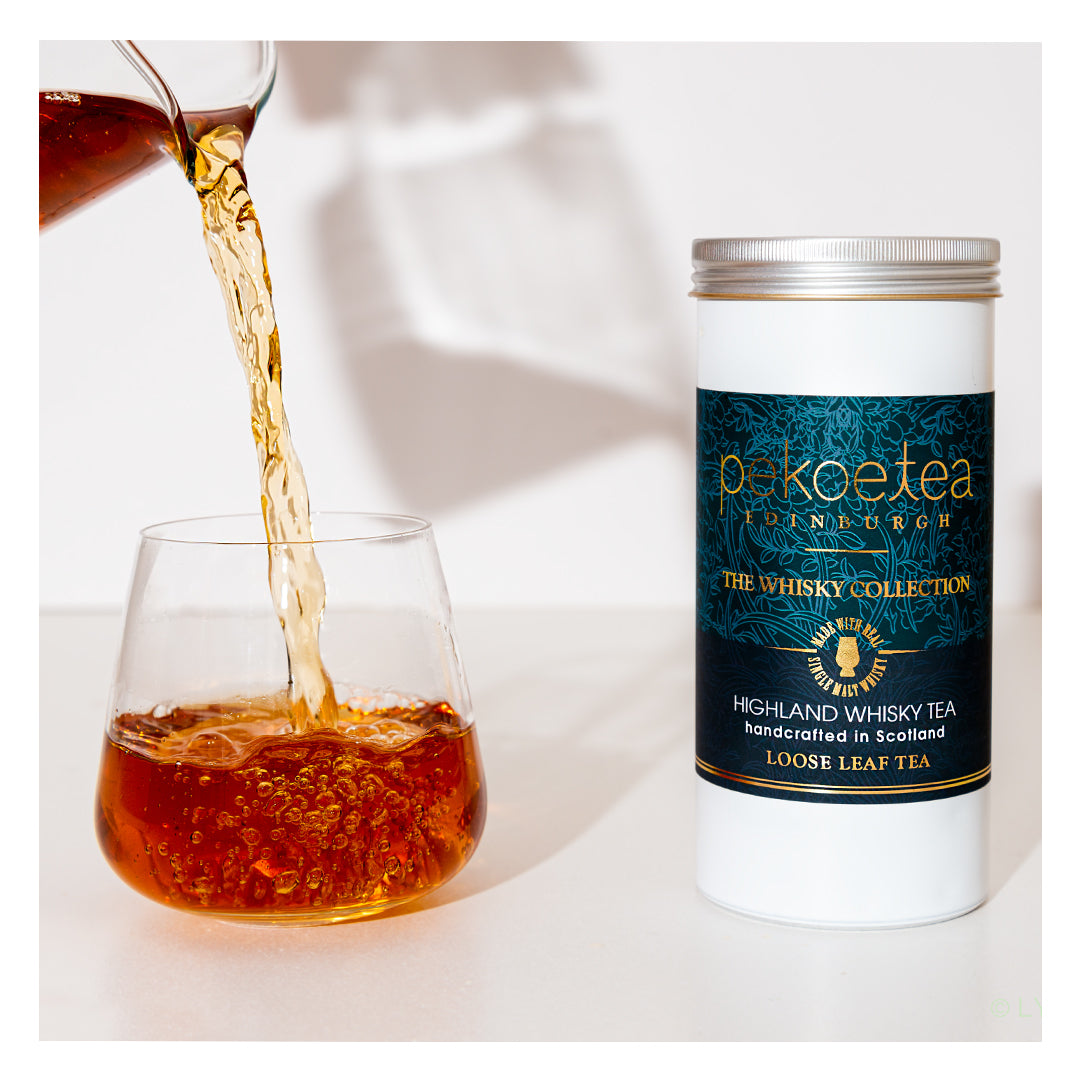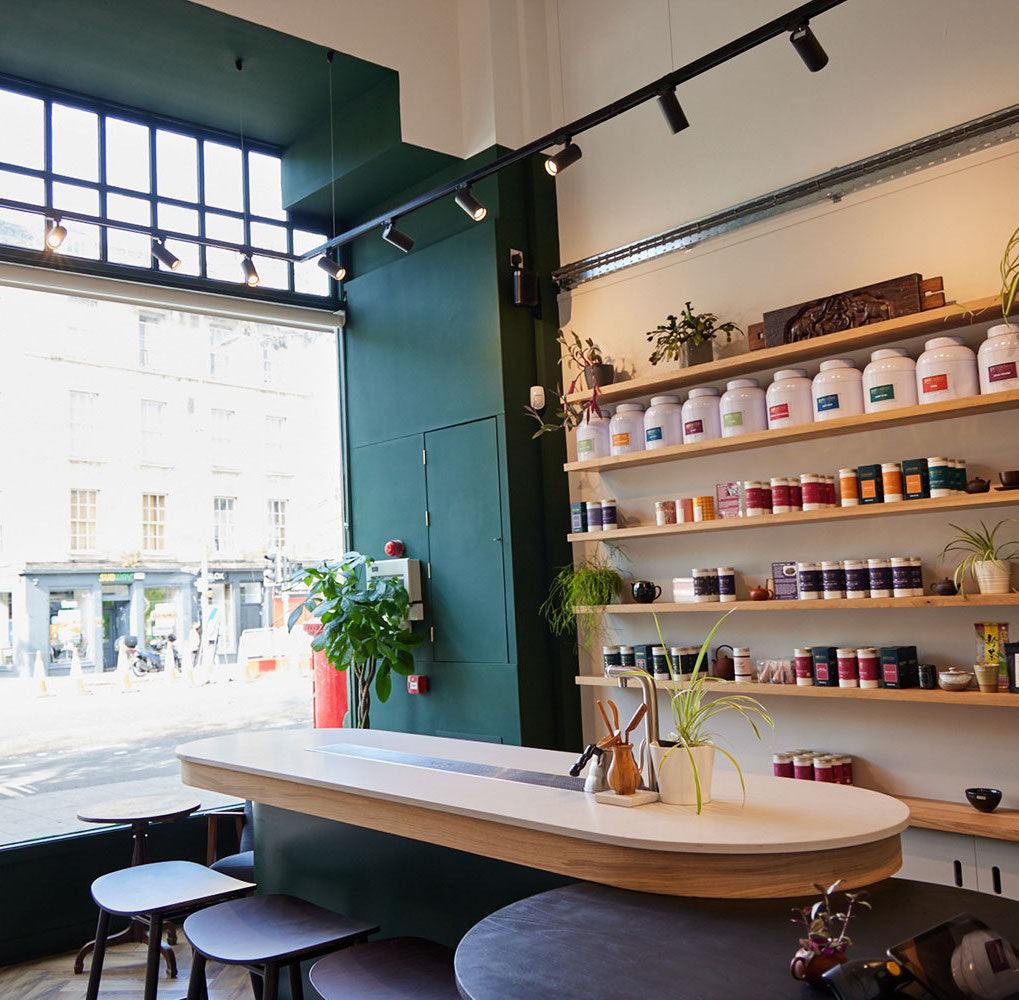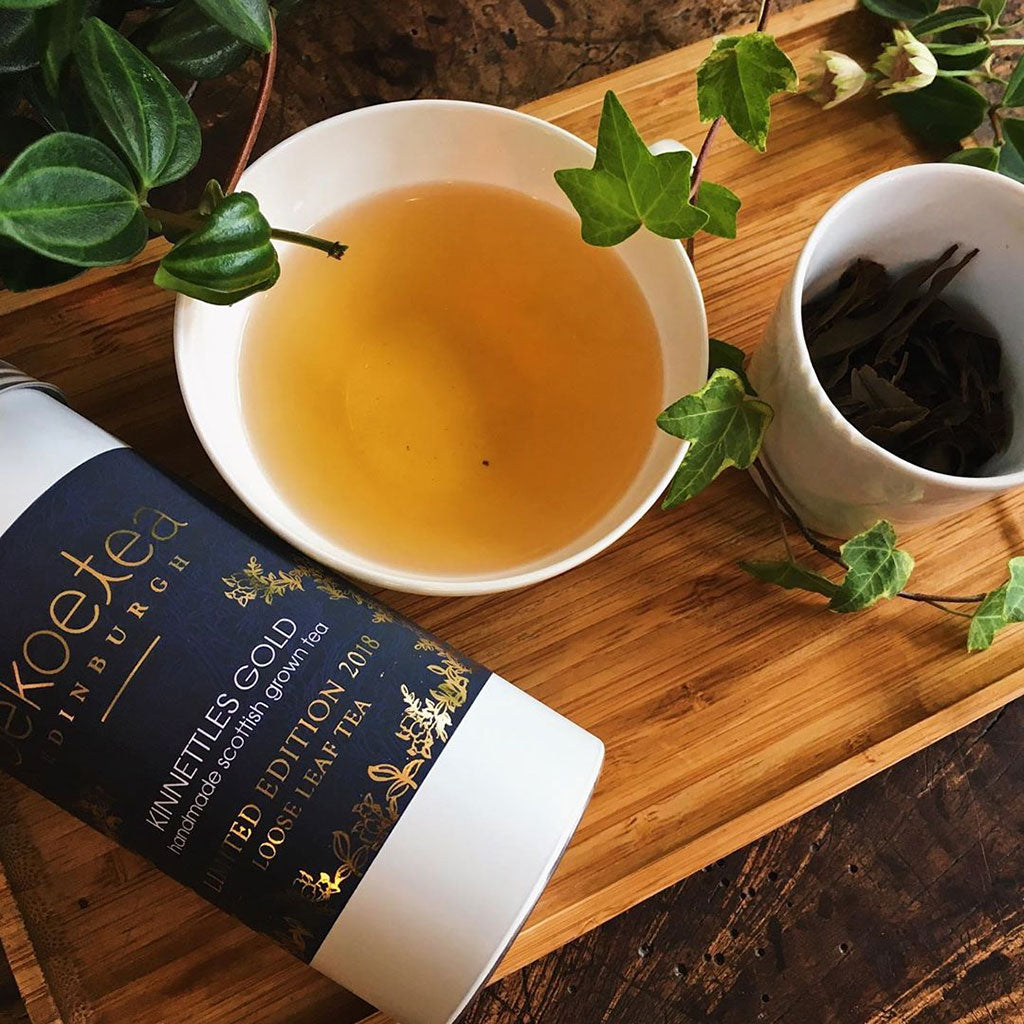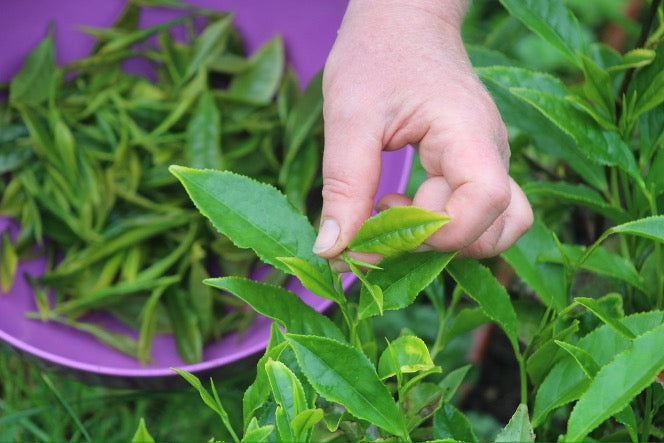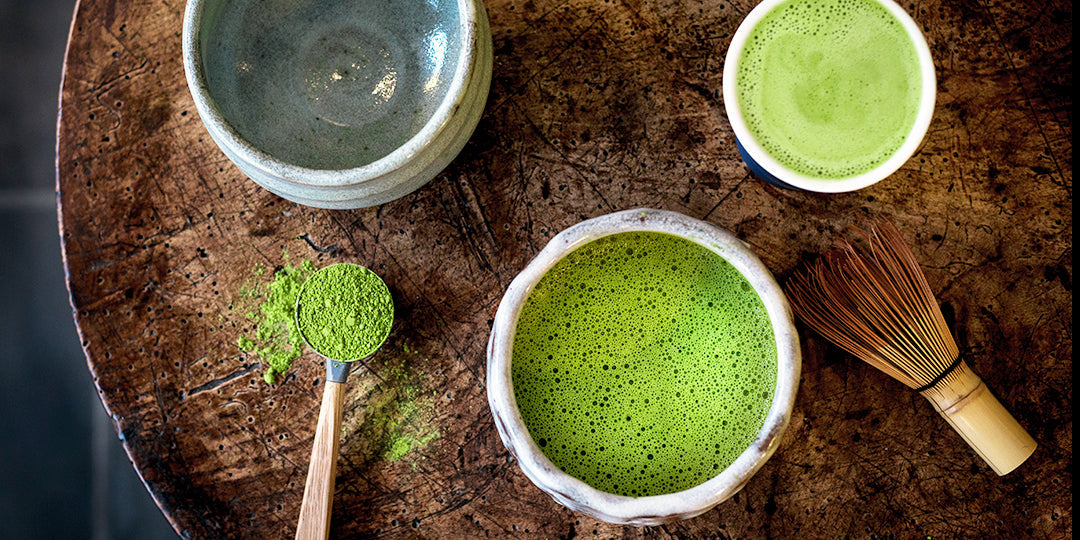An Introduction To The Tea Plant

Have you ever wondered what defines tea? What counts as tea and what doesn’t? In short, tea must come from the Camellia sinensis plant. All the wondrous varieties of tea in the world, whether green, black, or oolong, come from this one species of plant. In this article we explore this plant in detail. We’ll look at where it comes from, the unique conditions it grows in, and some of the challenges the plant is facing.
The southeast foothills of the Himalayan mountains stretch from Assam in Eastern India, through northern Myanmar, and into Yunnan Province, China. This region is one of the world’s great biodiversity hotspots and is home to tigers, langurs, and red pandas. The region is also the origin of many of the plants that have shaped human culinary culture, for example, citrus plants. Yunnan province accounts for less than 4% of China’s land area, yet contains 42.6% of the protected plant species in China. It should be no surprise, then, that the tea plant evolved here.
The tea plant, Camellia sinensis, is a species belonging to the camellia genus. Camellias are native across East and Southeast Asia, including China, Japan and Vietnam. Other than the tea plant, the camellia genus includes plants like the ornamental Camellia Japonica.
C. sinensis is an evergreen shrub or tree. It has dark green elliptical shaped leaves with crenelated edges. It can produce small white flowers, although these are not common when the tea bush is commercially cultivated.
There are two varieties of C. sinensis that are relevant to tea production: Camellia sinensis var. sinensis and Camellia sinensis var. assamica. The sinensis variety is native to areas in southwestern China such as Yunnan and Sichuan. In the wild it can grow to six metres, but is typically pruned to a height of about one metre on commercial tea gardens. It is reasonably resistant to the cold and varying weather conditions. C. sinensis var. sinensis is the main variety grown across China, Korea, Japan, and Darjeeling. It is grown in a range of climates, from sub-tropical coastal areas to cooler, high-altitude mountain climates.
The other major variety of of the tea plant, C. sinensis var. assamica, is native to north-eastern India and parts of Yunnan. It is much better suited to warmer, tropical environments and can grow into large thirty metre trees with broad, thick leaves up to 25 centimetres long. Tea made from assamica is strong and bracing. It is used to produce Assam tea in India, and some Pu’er in Yunnan.

Although there are only two major varieties of C. sinensis used in tea production, there are hundreds of cultivars. A cultivar is a selectively bred strain of tea plant that has been selected for traits such as flavour and pest resistance. Cultivars are most often propagated by cloning to maintain the same genetic traits. Different cultivars are suited to certain types of tea and certain environments. For example, Yabukita is a cultivar commonly used to make green tea in Japan due to its umami flavour and high yield. Qing Xin is a cultivar used in Taiwan for oolong teas due to its complex flavours. Think of cultivars as similar to dog breeds. Golden Retrievers and Greyhounds belong to the same species but have been selectively bred for different tasks. Whereas you technically could make green, oolong, or black tea from the same plant, in fact some cultivars are better suited to certain teas than others.
Tea plants are very adaptable and are grown across the globe from Africa to the Himalayas, and even here in Scotland. For optimum growth and excellent tea, however, the plant should be grown in acidic, well-draining soil in a place with high rainfall, a minimum 5 hours of sunshine a day, and average temperatures of 18-20 degrees centigrade. They can cope with cooler climates but will not survive frost or extended periods below -5 degrees. When the tea plant is stressed due to local climatic conditions, unique and interesting flavours are formed. This is why teas grown at high altitude or even coastal areas are known for their excellence.
The tea plant is one of many plants across the globe that contains caffeine. Caffeine has evolved at leat five separate times in a variety of different plants. Tea, Coffee, Citrus, and Cacao plants all independently evolved the ability to synthesise caffeine. Mate and guarana plants also contain caffeine. The fact that caffeine has evolved multiple times implies that caffeine synthesis is a trait that benefits a plant’s evolutionary fitness in a variety of ways. Caffeine in young leaves and buds is thought to act as a deterrent to herbivorous insects, this is the chemical defence theory of why plants produce caffeine. The allelopathic theory proposes that caffeine in plant seeds inhibits the germination of competing seeds when released into the soil. There is also a theory that caffeine enhances pollination by improving pollinator memory.
Humans, of course, discovered that a pleasant buzz and increased alertness results from the consumption of plants containing caffeine. In tea production, the bud and top two leaves are chosen for the best teas. These young leaves have higher levels of caffeine than larger leaves. In this way, humans select leaves that increase the amount of caffeine in the brewed beverage.
In this article we have introduced the tea plant. Its origins, growing conditions, and why it contains caffeine. In our next article we’ll explain how people came to use and cultivate tea.

